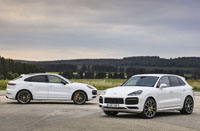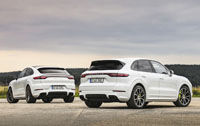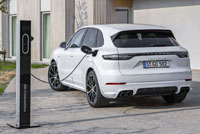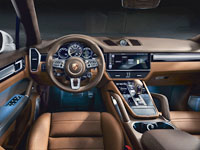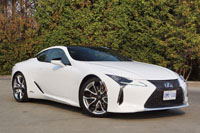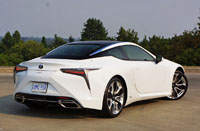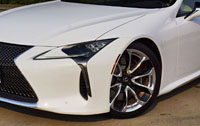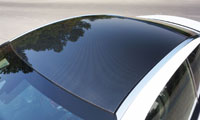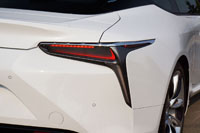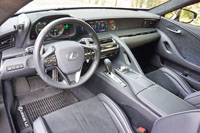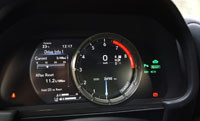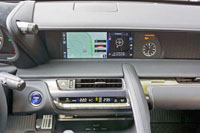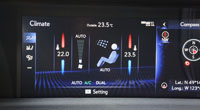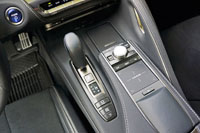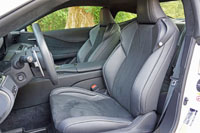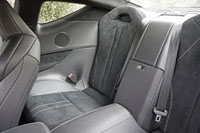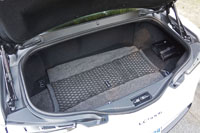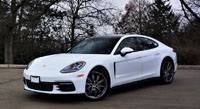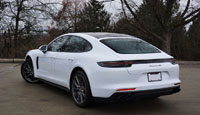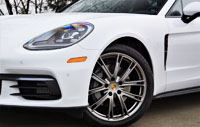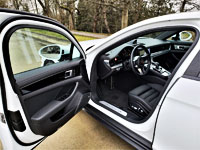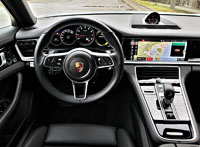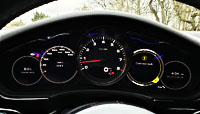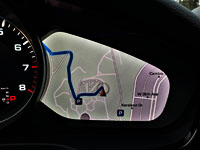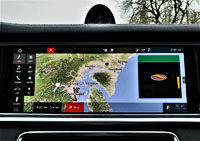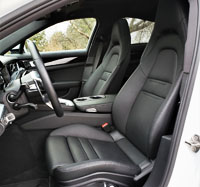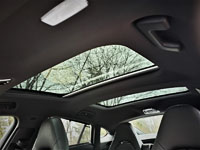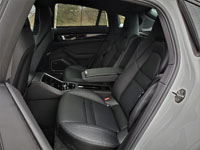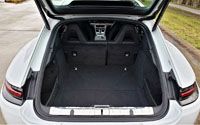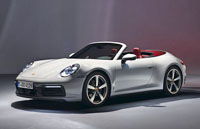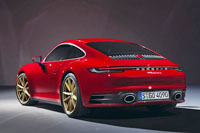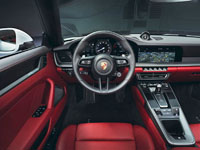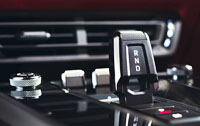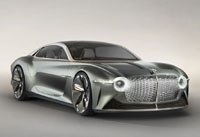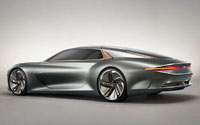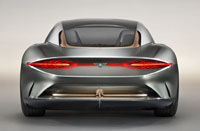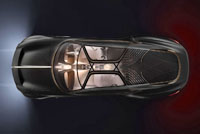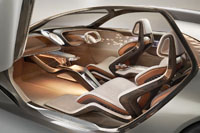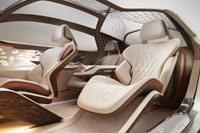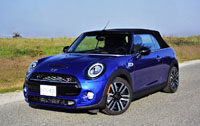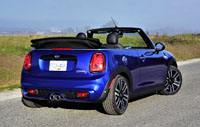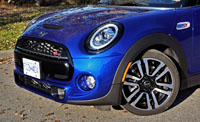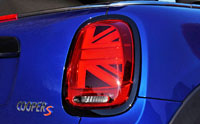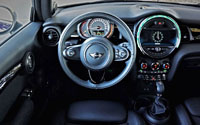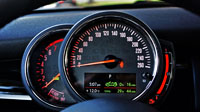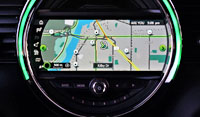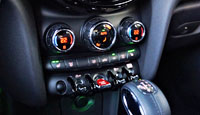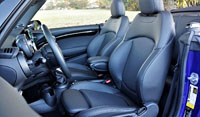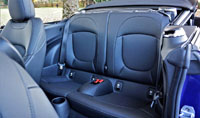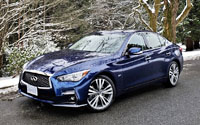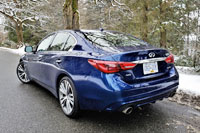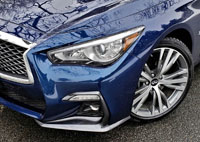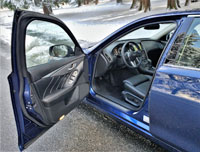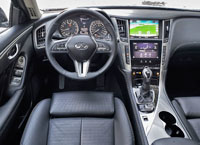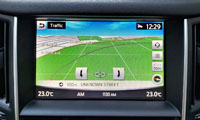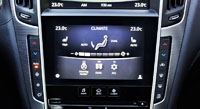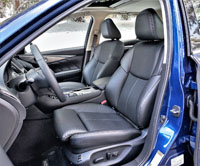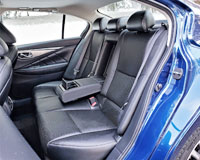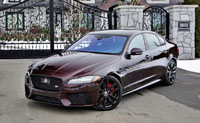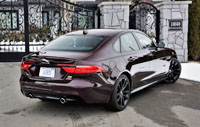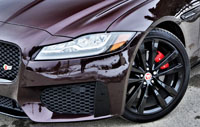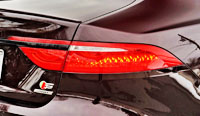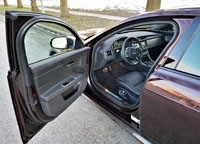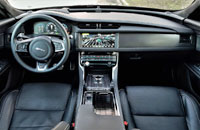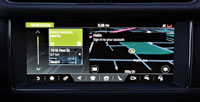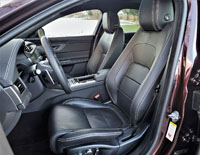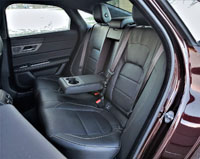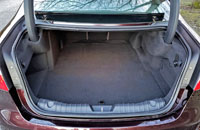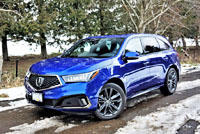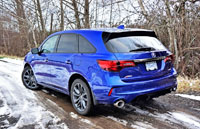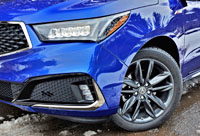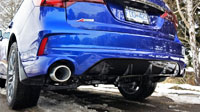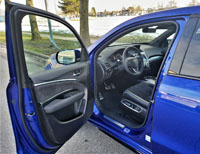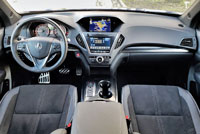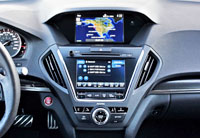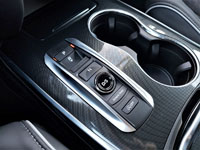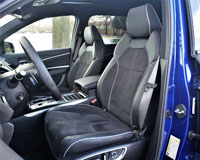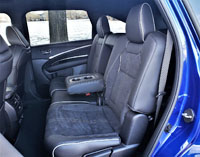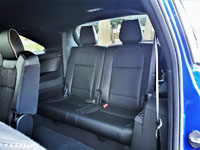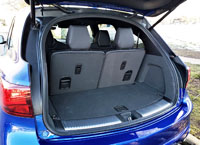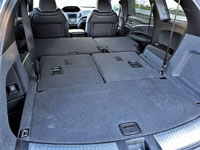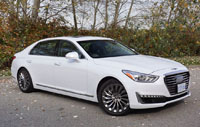
If you can remember back as far as 2010, or even 2016 when it was cancelled, you might recall a full-size Hyundai luxury sedan that went by the name of Equus. Despite selling poorly here it has long been a favourite amongst high-ranking executives and dignitaries in South Korea, much like the Toyota Celsior was one of the most respected executive sedans in Japan until the fourth-generation Lexus’ LS replaced it (although Toyota still sells the upmarket Crown and Rolls-Royce-like Century in its home market). Like the LS, the Equus is no more thanks to the new Genesis brand, which is to Hyundai like Lexus is to Toyota.
I tested and reviewed a 2014 Hyundai Equus and was mostly impressed, other than its nondescript styling. It came with V6- and V8-powered rear drivetrains, and was sized similarly to the Mercedes S-Class and BMW 7 Series, yet even though it delivered a premium-like interior, plenty of high-end features, strong performance, and excellent value, it didn’t sell well, as noted. The fact is, those spending into the high five figures want a premium badge to go along with their luxury ride, something aforementioned Toyota learned a long time ago with its Lexus line, as did Nissan with Infiniti and Honda with Acura before both.
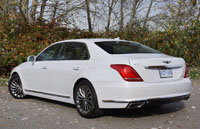
Along with a new name, pulled from the mid-size Hyundai Genesis that was especially attractive in its second-generation form, the third-generation Equus debuted in 2016 as the first-generation Genesis G90, soon followed by a rebadged Genesis G80 that saw little more than a name change. Along with its home market in South Korea, the Genesis brand was immediately made available in the United States, China, the Middle East, Russia, Australia, and of course here in Canada. This said, Hyundai has plans to launch the upmarket brand in other Asian markets too, plus Europe within the next couple of years, but they might want to wait for a couple of SUVs to arrive before they do.
In hindsight it’s easy to see that Hyundai jumped the gun by introducing this sedan-only luxury brand without having at least one SUV in the lineup, but sales of the G80’s predecessor were quite strong when it made the decision in 2015 and the rest is now history. This said if the Genesis brand’s future line of sport utilities impress as well as its trio of sport-luxury sedans (the smaller C-Class/3 Series-rivaling G70 was introduced last year), and better than the superb new Hyundai Palisade that just went on sale for 2020, things are about to seriously heat up in the luxury SUV segment.
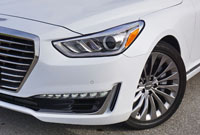
While writing this review I was already seeing the completely redesigned 2020 Genesis G90 advertised on its retail website. It boasts a totally new version of its stylish “diamond” grille featuring a more distinctive downward pointing lower section and “G-MATRIX” crosshatch patterned insert replacing the current car’s seven horizontal ribs. It also sports a set of LED “Quad Lamp” headlamps, plus Bentley-like front fender vents, large attractive mesh-patterned wheels, and three unique horizontal LED taillights, the lower element crossing the width of the entire car, while inside it’s wholly modernized from a design and digitization standpoint, plus even more luxurious than this outgoing model.
As stylish as I find the new model, I still like this 2019 G90. No doubt unplanned, but the G90’s slow sales and resultant nullibiety have had the side benefit of keeping it somewhat fresh looking, the opposite case of ubiquity causing some designs that were once wonderfully unique to become mundanely commonplace and therefore hardly exclusive anymore. The G90’s design language is more conservative than the new model and much more discreet than, say, the spindle grilled Lexus LS, making this G90 a good choice for folks who’d rather fly under the radar than always attracting attention. The Audi A8 once had such understated appeal as well, but its horseshoe-shaped grille has now grown to encompass most of its front fascia, and while still a smart looking car it’s now considerably bolder and more intimidating than before.
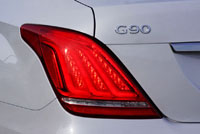
Like any new brand Genesis is still searching for an easily identifiable trademark look, evidenced by the just-mentioned lower point on the new 2020 model’s diamond-shaped grille, and this quest is made even more important when factoring in that the new brand’s general design language started off wearing Hyundai’s italicized “H” on its backside (interestingly there was no Hyundai badging other than that). Lexus took decades before opting for and sticking with its spindle grille and sharply carved origami-angled design language, as did Infiniti and Acura with their more recently updated grille treatments, the latter being the oldest Japanese luxury marque yet its dramatic new grille was just adopted a few of years ago. Still, it’s important to find a memorable design and then stick to it.
Genesis grille has been sometimes criticized for its Audi-like appearance, but with Hyundai-Kia’s head of design being ex-Audi stylist Peter Schreyer, some similarity makes sense. There’s a bit of 7 Series in the front fender’s sweeping lines and along the sculpted rocker panel, plus its thick chrome strip down each side and around the back, but the taillights are pure Genesis, and its rather unoriginal feathered badge gets too close to Bentley’s winged-B for comfort. Its build quality is excellent, however, with tight exterior panel gaps and superb paintwork.
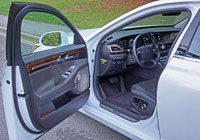
Inside, the G90’s design is good looking and attention to detail excellent. From its microfibre roofliner and pillars to the padded and French-stitched leather that runs across the dash top and door uppers front to back, plus the planks of glossy hardwood all-round, it totally measures up to its German competitors. I won’t stop there, of course, as the G90’s plentiful aluminum interior accents is nicely executed, particularly the Lexicon-branded speaker grilles and aluminized switchgear on the centre stack, while all of the other buttons, knobs, toggles and rockers are impressively crafted with ideal fitment and good damping. It’s totally in the league of Mercedes-Benz, BMW and Audi, prestige aside.
I’d say the classic dress watch style analogue clock in the centre of the instrument panel is one of autodom’s best, featuring a gorgeous white guilloche dial, Arabic numerals at 12, 3, 6 and 9, plus chromed indices marking the hours between. The perforated seat leather is incredibly soft and supple, plus the seats themselves are excellent, with plenty of adjustments to fit most any body. Additionally, you’ll have a difficult time finding any hard shell plastic in this car, the only corners cut being the steering column surround and the very bottom of each lower center console side, but even these panels are made from a dense composite material before soft painted for a high-quality texture. I’m not going to come out and say this G90 is a step up from its rivals, because everything in this category will impress, but it’s very well done.
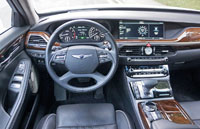
On that note the backs of each front seat are so impressively finished they must be getting close to best-of-the-best, particularly the curving wood inlays that wrap around their upper edges. Mind you, the backside of the front centre console is hardly notable, with typical HVAC vents finished nicely, but it looks spartan due to a folding centre armrest that’s filled with features, as well as beautiful leathers, woods and metals. Included are controls for the automatic climate control system’s rear zone, plus three-way heatable outboard seats, controls for the powered side and rear sunshades, and you can also extend the car’s right-side legroom by powering the front passenger seat forward and tipping its seatback as well. Full infotainment controls are included too, letting rear occupants take control of that wonderful sounding Lexicon audio system noted earlier.
Back behind the steering wheel, the gauge cluster isn’t a fully configurable digital design, but its centre is filled with a large colour multi-information display integrating the usual assortment functions. The infotainment touchscreen to the right is much more advanced, with attractive albeit simple graphics enhanced by deep colours and contrast, and a very clear reverse camera with dynamic guidelines, but no overhead bird’s eye view. The navigation was easy to sort out, provided good mapping detail and found where we were going, which is always a bonus. Buyers wanting a more advanced level of infotainment technology, including a completely digital gauge package and higher definition infotainment display, should pay more for the 2020 G90, but I could appreciate that others might choose to avail themselves of year-end and model-ending 2019 G90 discounting that could be quite aggressive.
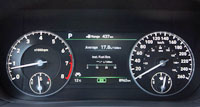
Before negotiating, my V6 turbo-powered 2019 G90 3.3T AWD tester can be had for just $84,000 plus destination, whereas the V8-powered G90 5.0 AWD starts at $87,000; its only upgrade being the $2,500 rear entertainment package. The much-improved 2020 model will come completely equipped for just $89,750, a mere $250 more than the outgoing V8 model, and that more formidable eight-cylinder is now standard. You will still be able to acquire the turbocharged V6, but take note it’s a special order model that will save you $3k. On this note, all 2019 G90 pricing, including trims and packages, can be found right here at CarCostCanada, plus we can also provide you with rebate information as well as dealer invoice pricing that could save you thousands.
The G90 I tested was in its base 3.3T AWD trim, which means that standard features included a 3.3-litre twin-turbo direct-injection V6 good for 365 horsepower and 376 lb-ft of torque, plus an eight-speed shift-by-wire automatic transmission with manual mode and steering wheel paddles, HTRAC torque-vectoring all-wheel drive, 19-inch alloys on 245/45 front and 275/40 rear all-seasons rubber, an adaptive suspension, full LED headlights with adaptive cornering and automatic high beams, adaptive cruise control with stop-and-go capability, autonomous emergency braking with pedestrian detection, active blindspot monitoring with rear cross-traffic alert, lane change assist and lane keeping assist, the multi-view parking camera with dynamic guidelines mentioned earlier, a 12.3-inch centre display with 720p resolution (which isn’t all that clear compared to most competitors’ high-definition systems) and the navigation system noted a moment ago, the wonderful Nappa leather upholstery and microfibre suede headliner also mentioned before, the 17-speaker Lexicon AM/FM/XM/MP3 audio system with Quantum Logic surround sound and Clari-Fi, etcetera, etcetera.
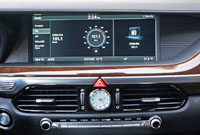
If you’re willing to spend just $3,000 more for 5.0 AWD trim, you’ll not only receive an impressive 420 horsepower direct-injection V8 with 383 lb-ft of torque, but you’ll also be able to pamper each rear passenger (or yourself if you hire a driver) with a 14-way powered right rear seat and 12-way powered left rear seat, including powered head restraints with manual tilt, plus memory and cooling ventilation for outboard occupants, and illuminated vanity mirrors overhead.
I’ve driven a number Genesis, Hyundai and Kia models with the 5.0-litre Tau V8 and have nothing but good things to say about it. It’s a blast at full throttle yet is wonderfully smooth and quiet, ideal for long high-speed freeway journeys and even impressive when pushed hard through curves. The engine ideally matches up with the smooth yet quick-shifting eight-speed automatic, and Hyundai’s HTRAC AWD is grippy on wet road surfaces and even improving performance in dry conditions. I can only imagine the V8 would perform as well with the G90 as it did in the most recent 2017 Genesis G80 5.0 AWD Ultimate I reviewed a couple of years ago, but I have to say there’s much to like about Genesis’ smaller, more fuel-friendly 3.3-litre twin-turbo V6 too.
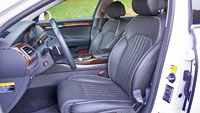
Claimed fuel economy ratings are reason enough to choose the V6, it good for an estimated 13.7 L/100km city, 9.7 highway and 11.9 combined, compared to the V8 that only gets a claimed 15.2, 10.2 and 13.0 respectively. That difference would certainly be noticeable in the wallet, while the smaller engine’s performance is certainly capable of whisking the big sedan and all passengers away quickly, albeit not providing as audibly stimulating an exhaust note.
The V6 weighs less too, and being that this weight sits over the front wheels it feels a little more agile through the corners, and was especially fun when Sport mode was engaged. It just hunkers down and flings itself through fast-paced curves with hardly a squeak from the tires, portraying the kind of poise expected of the big German luxury sedans. The G90 is truly a great driving car, with handling that comes close to the almighty 7 Series. Without doubt the adaptive suspension plays its part, while also keeping its ride quality compliant and cabin quiet.
With performance this impressive, you’d think I’d always keep it in Sport mode, but Eco mode reduced fuel consumption, while Smart mode is capable of choosing the best of both worlds as per a given driver’s inputs. Fortunately the G90 has all bases covered, the result being a very well rounded, highly refined luxury sedan that truly deserves much more attention than it gets.
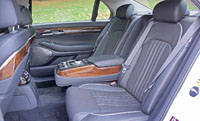
Dip your feet into the deep pile carpet floor mats, however, and you’ll quickly be reminded of the G90’s true purpose. It’s a luxury sedan first and foremost, which is why Genesis needed to make it practical as well. Along with the spacious rear passenger compartment, its trunk is generously sized for multiple golf bags and easy access. Its powered lid is gesture controlled and lift-over height nice and low for loading in gear, while a convenient centre pass-through allows for longer cargo like skis.
If you’re looking for a resplendent luxury sedan with sporting pretensions, yet don’t want the taxman to question how you came into wealth, consider this G90.
Story credit: Trevor Hofmann
Photo credit: Karen Tuggay

